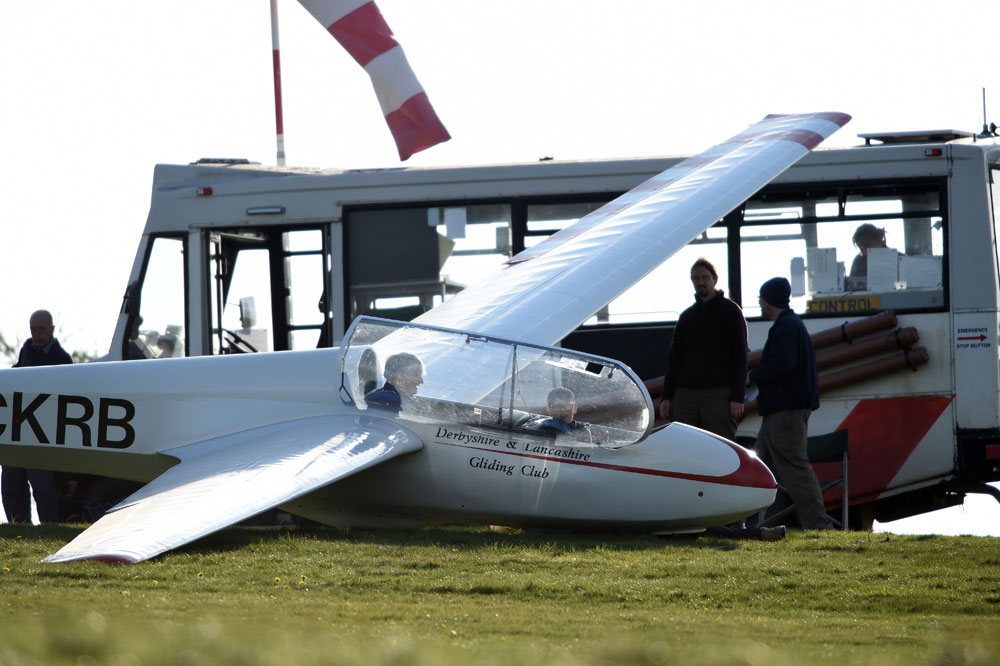Meet The Team
- Maurice Bent – Original concept and winch speed adjustment code, quality control, manual
- Richard Every Clayton – Pop-up menu concept and original X-Winch code
- Joe Kipfer – IMGUI coding, sound file editing, timer coding and generally making sure it all hangs together nicely – and works
- Chris Evans – The dulcet tones of the launch controller, testing and QC
- Stefan Schroen –Environmental sounds, 3D modelled objects and textures, X-Winch logo and Branding
Objective.
X-Winch is a project that provides real world glider pilots (both experienced and trainees), general aviation pilots who want to try gliding for the first time and pure flight simmers with a launch experience that is as close to reality as we can possibly make it. That after all is the sole purpose of a high-quality flight sim such as X-Plane and is in line with Laminar Research’s own product philosophy. Realism is the key.
Scope.
Initially, the team focused on the winch launch. The plugin however, also works well for Aerotowing. Eventually we hope to add functionality to the script to better control the tug behaviour and add a realistic winch cable that behaves as a cable should.
A Real World Scenario
 Most – if not all – gliding clubs don’t have the luxury of a single control tower from where every aspect of flying is controlled, rather the airfield is set up on the day according to the prevailing wind. So at the start of the day, (usually) a bus or other enclosed unit is driven to the launch point and parked. This provides (among a host of other non-essential items), shelter for the members when it rains, computer systems for logging the flights and the signaling equipment required to let the winch driver know when to launch.
Most – if not all – gliding clubs don’t have the luxury of a single control tower from where every aspect of flying is controlled, rather the airfield is set up on the day according to the prevailing wind. So at the start of the day, (usually) a bus or other enclosed unit is driven to the launch point and parked. This provides (among a host of other non-essential items), shelter for the members when it rains, computer systems for logging the flights and the signaling equipment required to let the winch driver know when to launch.
At the other end of the runway or grass strip is the winch unit.
In the bad old days, signaling was achieved by waving bats. A single bat waved from the side of the body to arm outstretched for “take up slack” and either two bats (one in each hand) doing identical motions or a single bat waved to and from above the head. You could always tell who the signalers were – they were the guys going home at the end of the day looking like gorillas with their knuckles touching the ground (the bats were heavy !)
Nowadays – thankfully – signaling is usually by means of lights.